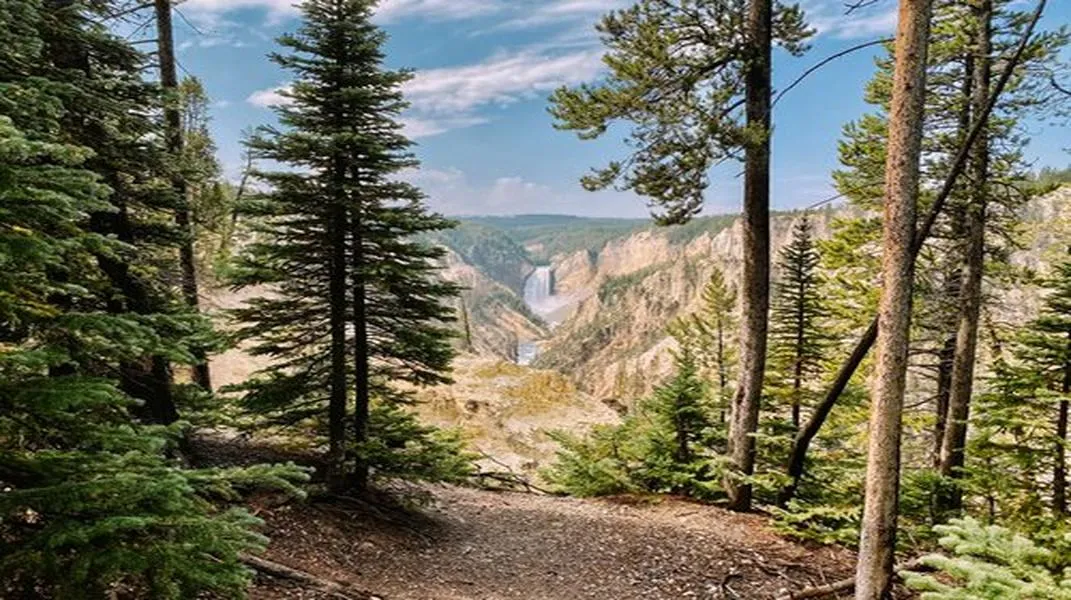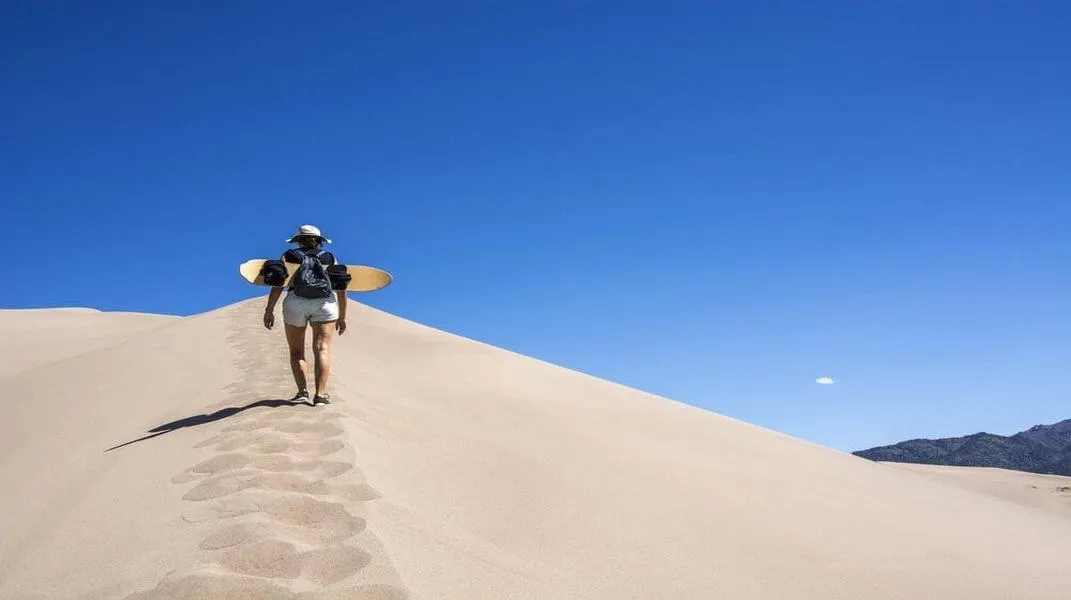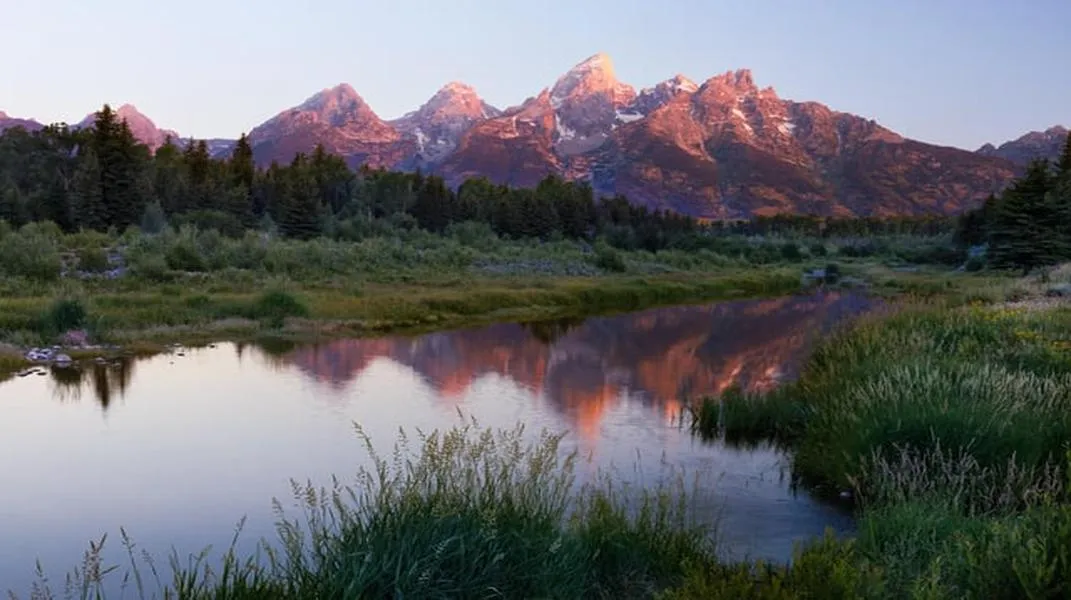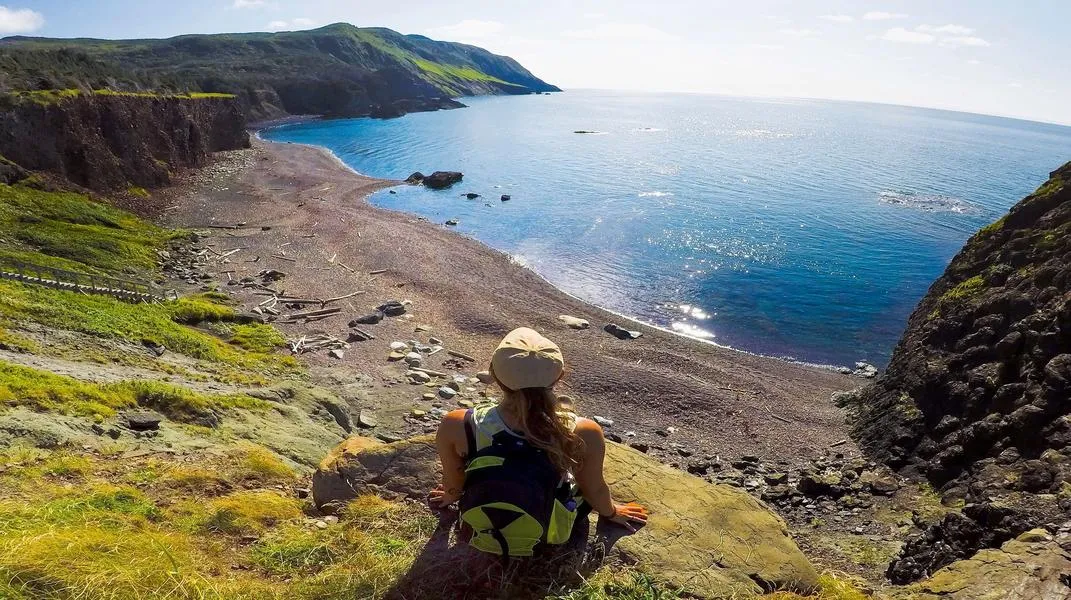Serengeti National Park: A Gateway to Nature's Wonders
Serengeti National Park, a UNESCO World Heritage Site, is one of the most celebrated wildlife destinations in the world. Nestled in northern Tanzania, this expansive park covers an area of approximately 5,700 square miles (
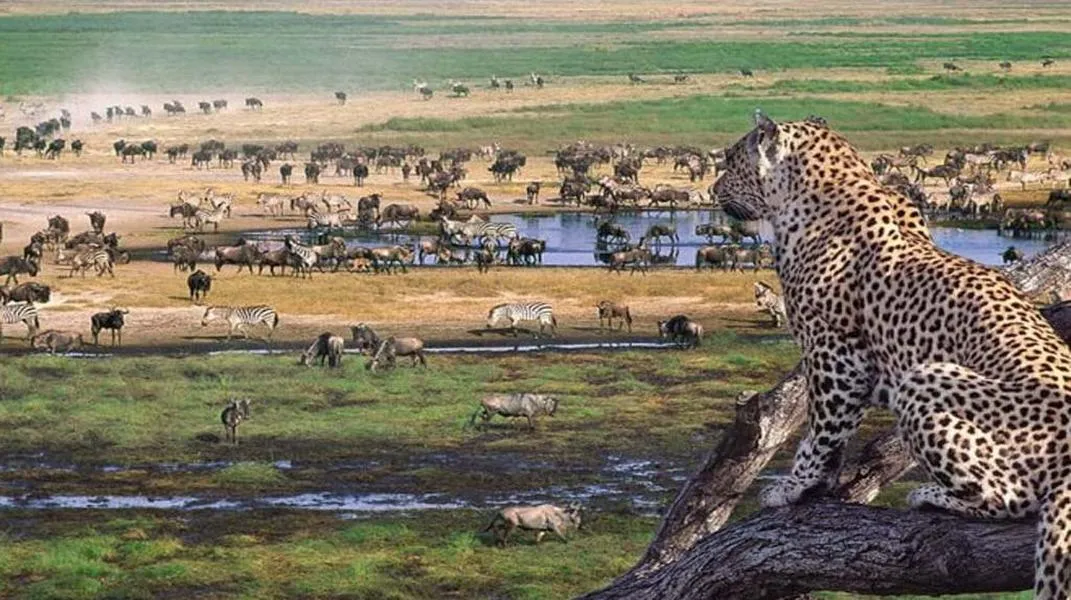
Serengeti National Park Overview
Serengeti National Park, a UNESCO World Heritage Site, is one of the most celebrated wildlife destinations in the world. Nestled in northern Tanzania, this expansive park covers an area of approximately 5,700 square miles (14,763 square kilometers) and is renowned for its stunning landscapes, diverse ecosystems, and, most notably, the Great Migration. This annual spectacle involves millions of wildebeest, zebras, and other ungulates moving across the plains in search of fresh grazing grounds, making the Serengeti a must-visit for nature enthusiasts, adventure seekers, and wildlife photographers alike.
In this article, we'll journey through the captivating features of Serengeti National Park and provide essential tips on how to prepare for a visit to this iconic destination.
The Landscape of Serengeti National Park
The Serengeti is characterized by its vast savannahs, acacia woodlands, riverine forests, and diverse ecosystems. The park's name, derived from the Maasai language meaning "endless plains," reflects the expansive grasslands that dominate the landscape. The elevation varies from 3,200 feet (1,000 meters) in the western regions to around 5,000 feet (1,500 meters) in the Ngorongoro Crater area, creating unique microclimates and habitats.
Ecosystems and Wildlife
The Serengeti is home to an astonishing array of wildlife, including over 1.5 million wildebeest, 200,000 zebras, and a variety of other species such as elephants, lions, giraffes, and cheetahs. The park is divided into several regions, each offering different wildlife viewing opportunities:
- Seronera: Located in the central Serengeti, Seronera is famous for its resident big cats, including lions and leopards. The Seronera River provides a vital water source that attracts a plethora of wildlife year-round.
- Southern Serengeti: This region is known for the vast plains of short grass that attract wildebeest during calving season (January to March). The sight of thousands of newborn wildebeest is a breathtaking experience.
- Western Serengeti: Known for its lush vegetation, the Western Corridor features the Grumeti River, a popular spot for viewing crocodiles and hippos. This area is particularly beautiful during the migration, as herds cross the river in search of greener pastures.
- Northern Serengeti: This region is less frequented by tourists and is ideal for those seeking solitude. The Mara River is the focal point here, and the dramatic crossings of wildebeest and zebras during the migration are a highlight.
The Great Migration
The Great Migration is arguably the most significant event in the Serengeti ecosystem. This annual journey typically follows a predictable pattern, although weather conditions can influence the exact timing. Here’s a brief overview:
- January to March: The herds gather in the southern plains to calve, taking advantage of the rich short grass.
- April to June: As the rains begin, the herds start moving northwards in search of greener pastures, crossing the central Serengeti.
- July to September: The migration reaches the northern Serengeti, where wildebeest and zebras face the treacherous Mara River crossing.
- October to December: The herds begin their journey back south as the rains return, completing the cycle.
Preparing for Your Visit
Planning a trip to Serengeti National Park requires careful consideration to ensure a memorable and enjoyable experience. Here’s a comprehensive guide to preparing for your visit:
1. Best Time to Visit
The best time to visit the Serengeti largely depends on what you want to see:
- Dry Season (June to October): This period is excellent for wildlife viewing as animals congregate around water sources. The weather is generally sunny and dry, making it ideal for game drives.
- Wet Season (November to May): While the park is lush and green, wildlife can be harder to spot as animals disperse. However, this is also the calving season and an excellent time for birdwatching.
2. Entry Requirements
Before embarking on your journey, ensure you have the necessary documents:
- Visa: Most travelers will need a visa to enter Tanzania. Check the latest visa requirements and apply online or at your nearest Tanzanian embassy.
- Vaccinations: Consult with your healthcare provider about vaccinations. Yellow fever vaccination is required if you’re traveling from a country where the disease is present.
3. Packing Essentials
When packing for your Serengeti adventure, consider the following essentials:
- Clothing: Dress in layers. Lightweight, breathable fabrics are ideal during the day, while a warm jacket is necessary for chilly evenings and early mornings. Neutral colors (beige, khaki, green) are recommended to blend in with the surroundings and avoid startling wildlife.
- Footwear: Comfortable walking shoes or sturdy sandals are crucial for game drives and walking safaris. Ensure your footwear is broken in to avoid blisters.
- Sun Protection: The African sun can be intense. Pack sunscreen, sunglasses, and a wide-brimmed hat to protect yourself from UV rays.
- Insect Repellent: Mosquitoes can be prevalent in some areas, particularly during the wet season. A good insect repellent will help keep them at bay.
- Camera Gear: Bring a good camera with a zoom lens to capture the stunning wildlife and landscapes. Spare batteries and memory cards are also essential, as you’ll want to document every moment.
- Binoculars: A pair of binoculars is invaluable for spotting distant wildlife.
- First Aid Kit: Include basic supplies such as band-aids, antiseptic wipes, pain relievers, and any personal medications.
4. Accommodation Options
Serengeti National Park offers a variety of accommodation options to suit different budgets and preferences:
- Luxury Lodges: For those seeking comfort and indulgence, luxury lodges such as Four Seasons Safari Lodge and Serengeti Serena Safari Lodge provide top-notch amenities and exceptional service.
- Tented Camps: Experience the thrill of sleeping under canvas in tented camps like Migration Camp or Serengeti Under Canvas. These camps offer a more immersive experience and often move with the migration.
- Budget Campsites: For budget travelers, public campsites provide basic amenities and a chance to connect with nature. Some popular sites include Seronera Campsite and Ngorongoro Campsite.
5. Safari Options
To explore the Serengeti effectively, consider the type of safari experience you want:
- Game Drives: The most popular way to see wildlife is through guided game drives. Many lodges and camps offer half-day or full-day excursions.
- Walking Safaris: For a more intimate experience, consider a walking safari led by experienced guides. This allows you to explore the park on foot and learn about the ecosystem up close.
- Hot Air Balloon Rides: For a unique perspective, book a hot air balloon ride over the Serengeti at dawn. The breathtaking views of the landscape and wildlife from above are unforgettable.
- Cultural Experiences: Take the opportunity to visit nearby Maasai villages and learn about their traditional way of life. Engaging with local communities enriches your understanding of the region.
6. Respecting Wildlife and the Environment
While visiting Serengeti National Park, it’s essential to practice responsible tourism:
- Maintain Distance: Always keep a safe distance from wildlife to avoid disturbing them. Follow your guide’s instructions and never attempt to approach animals on foot.
- Stay on Designated Paths: To protect the fragile ecosystem, stay on designated roads and trails, especially during game drives.
- Leave No Trace: Carry out all trash and minimize your environmental impact. Respect the natural surroundings and wildlife.
Conclusion
Serengeti National Park is a treasure trove of wildlife and natural beauty that beckons travelers from around the globe. From witnessing the awe-inspiring Great Migration to exploring the diverse ecosystems, a visit to this iconic park promises unforgettable memories and a deeper appreciation for nature.
Proper preparation is key to making the most of your Serengeti adventure. By understanding the landscape, planning your itinerary, and packing wisely, you can ensure a safe and enriching experience in one of the world’s most extraordinary wildlife sanctuaries. So, pack your bags, bring your sense of adventure, and get ready to embark on a journey into the heart of the wild!

